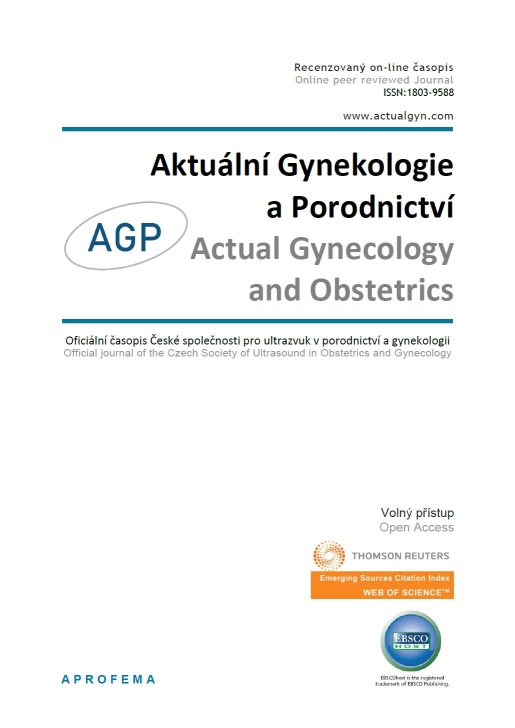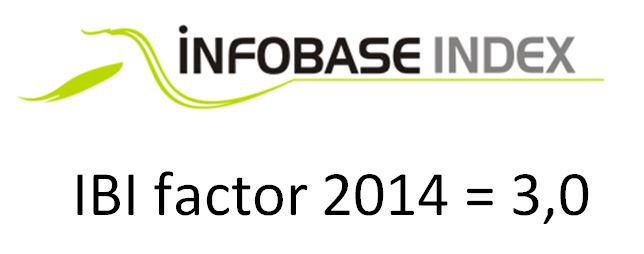











 Official publication of the Czech Society of Ultrasound in Obstetrics and Gynecology.
Official publication of the Czech Society of Ultrasound in Obstetrics and Gynecology.

Classification of vulvar precancerous lesions is based on the concept of vulvar intraepithelial neoplasia (VIN). Two basic types of VIN are recognized histologically: VIN of the usual type (u-VIN) and VIN of the differentiated type (d-VIN). The three grade evaluation system is used to assess the intesity of dysplastic changes in u-VIN (u-VIN I, II and III). The precancerous potential of d-VIN corresponds to carcinoma in situ and therefore grading is not applied. u-VIN is etiologically linked to HPV infection, whereas d-VIN is HPV negative and emerges in the environment of chronic vulvar dermatoses (lichen sclerosus and lichen simplex chronicus). u-VIN has a tendency to multifocality and prolonged recurrent progression to the invasive squamous cell carcinoma. On the other hand, d-VIN represents rather a solitary lesion with a propensity to the rapid stromal invasion. u-VIN usually affects premenopausal women with a higher incidence of other precancerous lesions of the lower female genital tract including the perineum and anal area. Patients diagnosed with d-VIN are of postmenopausal age without any association with aforementioned dysplastic lesions of other anatomic locations. The low diagnostic reproducibility of the u-VIN I category, doubts about the precancerous potential of u-VIN I and the problematic distinction between u-VIN II and u-VIN III resulted in the modification of the current terminology. The grading of u-VIN was abandoned, u-VIN II and u-VIN III categories were merged and u-VIN I was removed from the classification scheme. The revised u-VIN category therefore represents high grade dysplastic lesions associated with HPV infection (former u-VIN II and u-VIN III categories) and the term d-VIN is still reserved for the HPV negative high grade vulvar precancerosis.